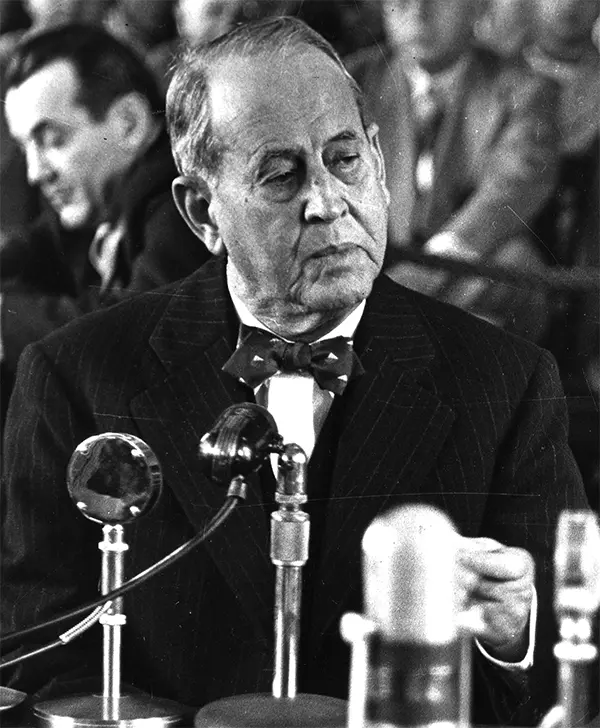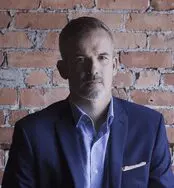ORGANIZED CRIME ON TRIAL: The Kefauver Hearings

The Kefauver hearings arrived in Tampa in December of 1950. Tennessee Senator Estes Kefauver started his traveling hearings to uncover the deep well of official corruption that had allowed organized crime to grow and thrive in America. Despite FBI Director J. Edgar Hoover’s warnings that the Mafia did not exist, the commission was surprisingly well-informed on organized crime activities. The hearings were front-page news items in every major daily. When the local TV stations in New York City broadcast the hearings, a visibly shaken Frank Costello, sweating under examination by committee members, made for one of television’s earliest milestones.
Washington sent out subpoenas to many of the major mob figures in Tampa, but the Trafficantes, Diecidues, and Salvatore “Red” Italiano ducked the process servers. As the final report reflected, “the committee could not adequately investigate the Mafia background of these murders because all suspected Mafia adherents vanished from their homes and usual haunts when it became known that the committee intended to investigate their activities.”
Political corruption was another hot-button issue that Kefauver wanted to explore. The Tampa press was now railing weekly against the lax enforcement of gambling laws and the indicative stain of bribes and political influence from the underworld. Investigative reporters were one-upping each other with exclusive stories of suburbs under the thumb of organized crime and how far the mob’s tentacles reached within the Tampa city government. The Kefauver Committee agreed, finding a “customary policy of outright bribery that has channeled substantial amounts of money into political campaigns, manifestly for the control they can exercise over law-enforcement officers.”
Along with the witness testimony, they brought out a chart depicting the many gangland killings that had rocked Tampa for 20 years, from the killing of Norris McFall in 1928 to the daytime slaying of Jimmy Lumia, just a few months before the committee came to town. Low-level gangland figures and business associates spoke of payoffs to the sheriff and mayor while detailing the buying of votes.
But the star witness was Charlie Wall. By 1950, the aging gambling kingpin was no longer a factor in Tampa’s criminal underworld. Instead, Wall regaled the committee with stories of his wayward youth running craps games and hanging out in opium dens. He detailed his rise to the top of the gambling rackets and how Santo Trafficante Sr. effectively pushed him out of business by 1945. His willingness to talk may have been spurred by a third assassination attempt on Wall’s life in 1944.
When the Kefauver Committee left town, it left an indelible stain on Tampa. But it also brought about political reform and highlighted the nefarious aspects of bolita, Tampa’s illegal lottery. Wall lived unscathed for five years following his testimony. But his big mouth caught up with him. He was murdered in his house in 1955. On his nightstand was a copy of Estes Kefauver’s Crime In America, a summary of the committee’s findings.

Scott M. Deitche is an author specializing in organized crime. He has written seven books and more than 50 articles on organized crime for local and national publications. He has been featured on the History Channel, A&E, Discovery Channel, AHC, C-SPAN and Oxygen Network. In addition, he has appeared on dozens of local and national news shows, as well as more than 40 radio programs. His latest book is Hitmen: The Mafia, Drugs, and the East Harlem Purple Gang. For more information about Scott click HERE
